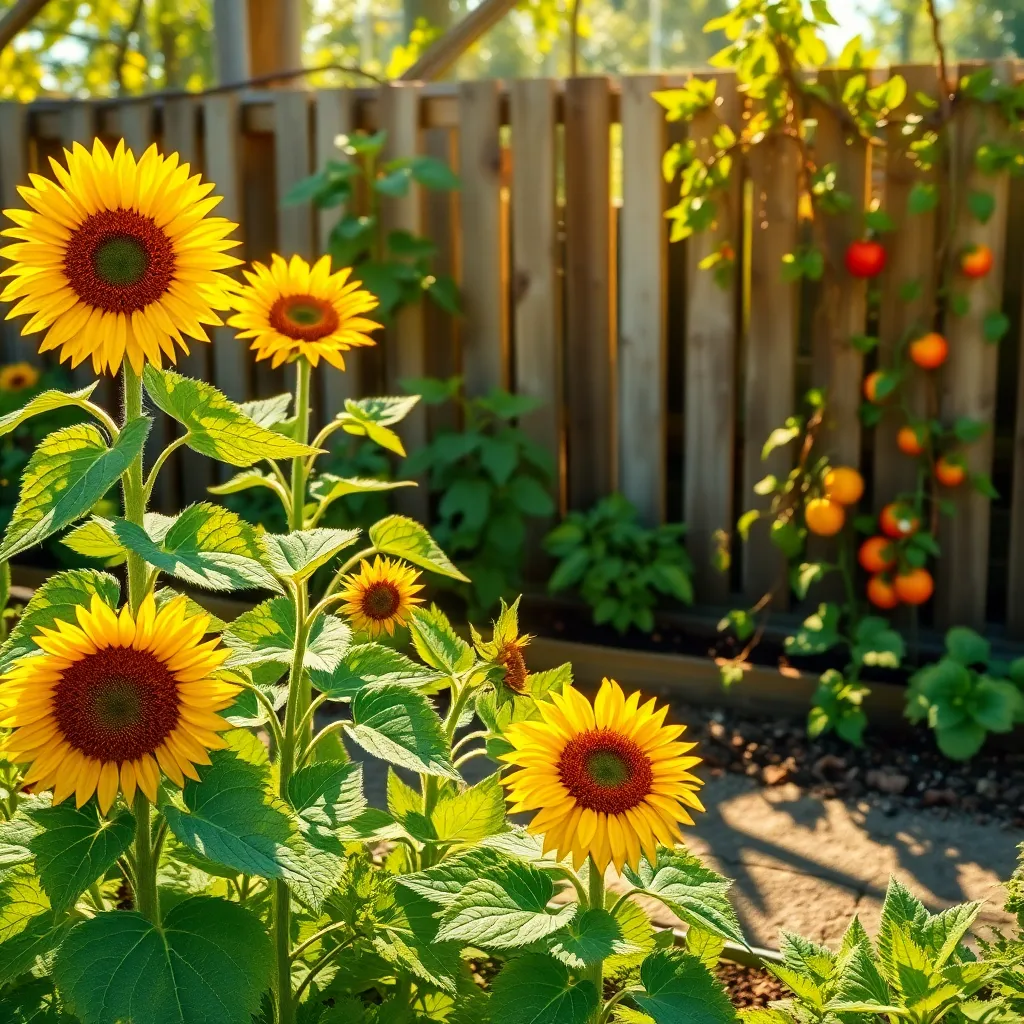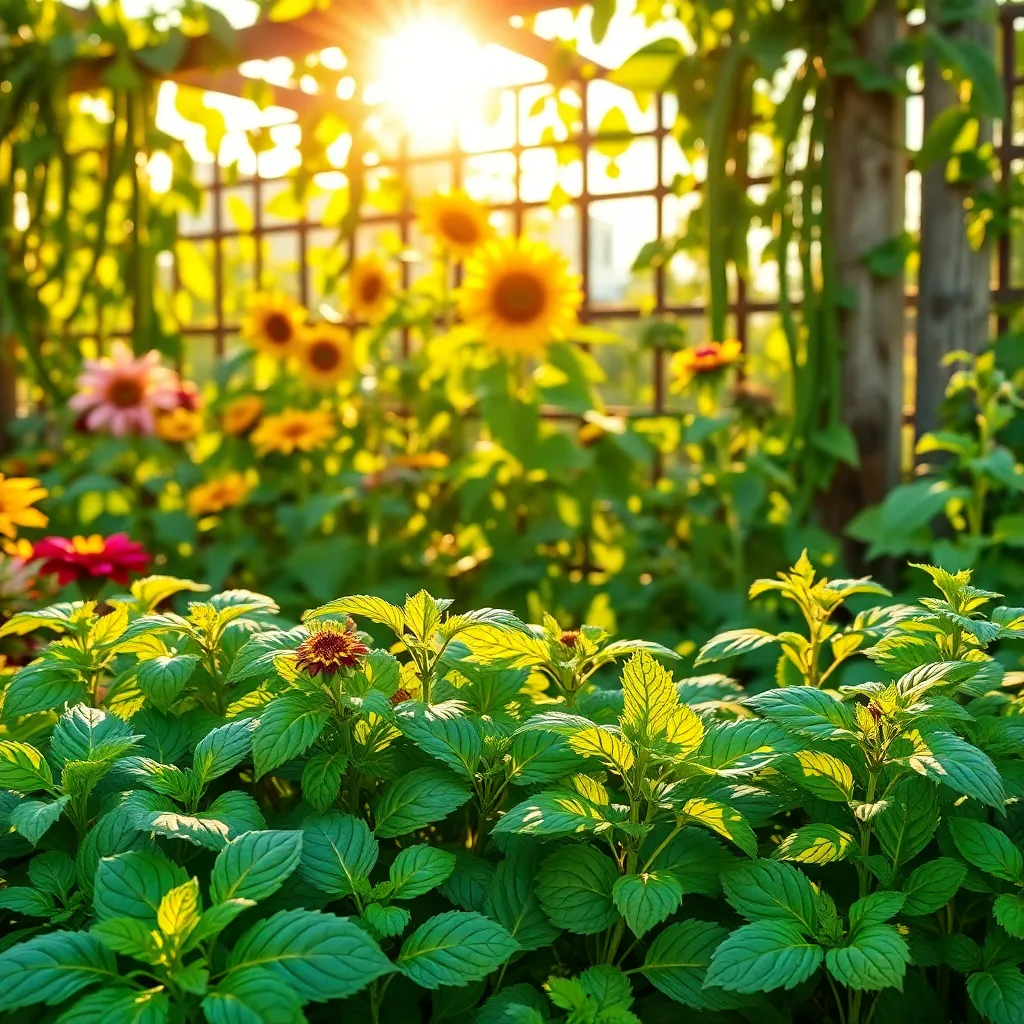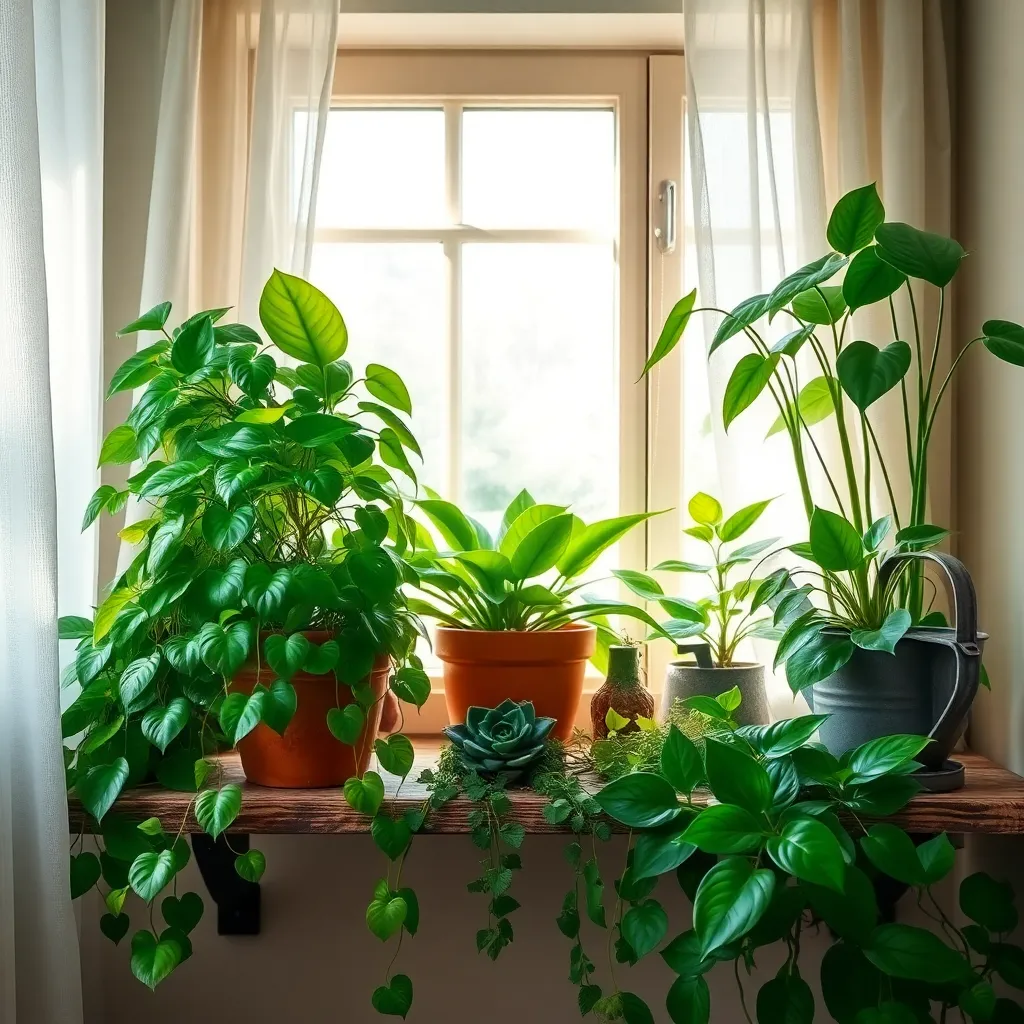Imagine stepping into your garden and witnessing the vibrant dance of life thriving under the sun’s golden embrace. Whether you’re nurturing your first potted plant on a city balcony or tending to expansive flower beds, understanding the role of sunlight is crucial to unlocking your garden’s full potential. Sunlight is not just an ingredient in the recipe of plant care; it’s the main course, providing the energy necessary for photosynthesis, the process through which plants convert light into the sustenance they need to grow strong and healthy.
Embarking on this journey, you’ll explore how light influences everything from seed germination to the blooming of flowers, and even the flavor of fruits and vegetables. For seasoned gardeners, this article will refresh and deepen your knowledge, offering insights into optimizing light conditions for different plant species. Beginners will find practical tips to demystify the concept of “full sun” versus “partial shade,” helping you make informed decisions about plant placement and care. Together, we will illuminate the path to creating a thriving, vibrant garden that reflects the radiant energy of its sunlit environment.
Role of Sunlight in Photosynthesis

Sunlight plays a critical role in photosynthesis, the process by which plants convert light energy into chemical energy. Without adequate sunlight, plants cannot produce the energy necessary for their growth and development.
For gardeners, understanding the light requirements of your plants is crucial. Most plants require full sunlight, which means at least six hours of direct sunlight per day, but some thrive in partial shade.
To ensure your plants receive optimal light, observe your garden throughout the day to identify areas that receive full sun and those that are shaded. Consider rotating potted plants to ensure all sides receive adequate exposure, especially if sunlight patterns change with the seasons.
Advanced gardeners might use reflective surfaces or grow lights to supplement natural light, especially in areas with limited sun exposure. When using grow lights, choose full-spectrum bulbs and position them about 6-12 inches above the plant canopy for best results.
How Light Affects Plant Health

Light is a critical factor in determining the health and vigor of plants. Without adequate light, plants may become leggy, with weak stems and sparse foliage, leading to poor overall health.
To ensure optimal growth, it’s important to understand the specific light requirements of your plants. Most vegetables and flowering plants require at least six to eight hours of direct sunlight per day, while some shade-loving plants thrive in indirect light.
For gardeners with limited sunlight, consider using reflective surfaces or grow lights to supplement natural light. Position mirrors or white surfaces near plants to maximize the available light, especially during the shorter days of winter.
Advanced gardeners might experiment with light spectrums to enhance plant growth. Full-spectrum LED grow lights can mimic natural sunlight, providing the necessary wavelengths plants need for photosynthesis and overall health.
Monitoring light conditions can help you make informed decisions about plant placement and care. Use a light meter to measure the intensity of light in different areas of your garden, ensuring each plant receives the appropriate amount for its needs.
Here are some practical tips to optimize light availability for your plants:
- Regularly clean your windows and any surfaces that reflect light to keep them free from dust and dirt.
- Rotate potted plants periodically to ensure even exposure to light on all sides.
- Consider pruning overhanging branches or relocating plants seasonally to maximize sun exposure.
By understanding and managing light conditions, you can significantly improve the health and productivity of your plants. Whether you’re growing indoors or outdoors, tailoring your approach to meet the specific light needs of your plants is a sure way to enhance your gardening success.
Identifying Sunlight Needs by Plant Type

Understanding the sunlight needs of different plants is crucial for their healthy growth. Full sun plants require at least six hours of direct sunlight daily, making them ideal for gardens with ample exposure.
Plants like tomatoes, sunflowers, and peppers thrive under these conditions. To maximize their growth, ensure they are planted in well-draining soil and consider mulching around the base to retain moisture during hot days.
On the other hand, partial sun or partial shade plants need about three to six hours of sunlight. These include species like hydrangeas and ferns, which flourish when protected from the intense midday sun.
When planting partial sun varieties, position them where they receive morning sun but are shielded during the hottest part of the day. Regular watering is essential, especially during dry spells, to maintain soil moisture levels.
Lastly, shade-loving plants such as hostas and impatiens thrive with less direct sunlight. These plants are perfect for north-facing gardens or under the canopy of larger trees.
For shade plants, it’s important to ensure the soil is rich in organic matter, which helps retain moisture and provides nutrients. Regularly check the soil’s moisture level and water when the top inch feels dry to the touch.
Maximizing Sunlight Exposure Tips

Gardening success often hinges on optimizing sunlight exposure for your plants. Positioning your garden in a location that receives at least six hours of direct sunlight daily is crucial for most vegetable and flowering plants. If natural sunlight is limited, consider supplementing with grow lights, especially for indoor gardens or shaded areas. These lights should mimic sunlight’s spectrum to ensure plants receive the full range of light they require.
For gardeners with limited sunny spots, using reflective surfaces can help increase light exposure. Placing mirrors or reflective materials like white stones around plants can bounce light onto shaded areas, enhancing growth. Elevating plants on stands or using tiered plant shelving can also help maximize light exposure, particularly for smaller gardens or balconies.
In regions with variable sunlight, rotating your plants can ensure even light distribution. Turn pots weekly so that each side of the plant receives sufficient light, preventing uneven growth or leaning. Pruning nearby trees and shrubs can also reduce shade and improve light access, making it a practical step for those with established gardens.
Advanced gardeners might explore the use of solar tracking systems that adjust plant positions throughout the day for optimal light capture. Automated systems can be set up to follow the sun’s path, ensuring maximum exposure without manual adjustments. For a high-tech option, consider installing light meters to monitor and adjust sunlight levels, ensuring your plants receive the ideal amount of light for growth.
Troubleshooting Low Sunlight Issues

When dealing with low sunlight conditions, choosing the right plants is crucial. Opt for shade-tolerant species like ferns, hostas, or impatiens, which thrive with limited light exposure.
Positioning plants strategically can make a significant difference. Place your shade-loving plants in areas that receive indirect light, such as under a tree canopy or next to a north-facing wall.
Reflective surfaces can help increase light exposure in shaded areas. Use light-colored mulch or place mirrors and light-colored stones around your plants to reflect sunlight onto them.
Improving soil quality is essential when sunlight is scarce. Use organic matter like compost to enhance soil fertility and drainage, ensuring plants can make the most of the available light.
Watering practices need adjustment in low-light environments. Since evaporation is slower, ensure you do not overwater; check soil moisture frequently and only water when the top inch of soil feels dry.
For advanced gardeners, consider installing grow lights to supplement natural light. LED grow lights are energy-efficient and can be adjusted to provide the right spectrum for your plants, simulating sunlight indoors.
Conclusion: Growing Success with These Plants
In exploring the ‘Importance Of Sunlight For Plant Growth,’ we discovered five key relationship concepts: the necessity of nurturing environments, the role of consistent care, the impact of external influences, the balance between giving and receiving, and the growth that stems from patience and attention. Just as sunlight is vital for a plant’s thriving existence, these principles are fundamental to cultivating healthy, flourishing relationships.
As an actionable next step, take a moment today to identify one area in your relationship that could use more “sunlight”—be it communication, quality time, or understanding—and commit to nurturing it with intention and consistency. This deliberate effort can spark growth and fortify your connection.
We encourage you to save or bookmark this article so you can revisit these essential concepts whenever your relationship needs a little extra light. Remember, just like plants, relationships require ongoing care and dedication to truly thrive. By incorporating these insights into your daily interactions, you are planting the seeds for a successful and fulfilling relationship future. Embrace this journey with optimism, knowing that your efforts today will blossom into lasting love and connection tomorrow.

